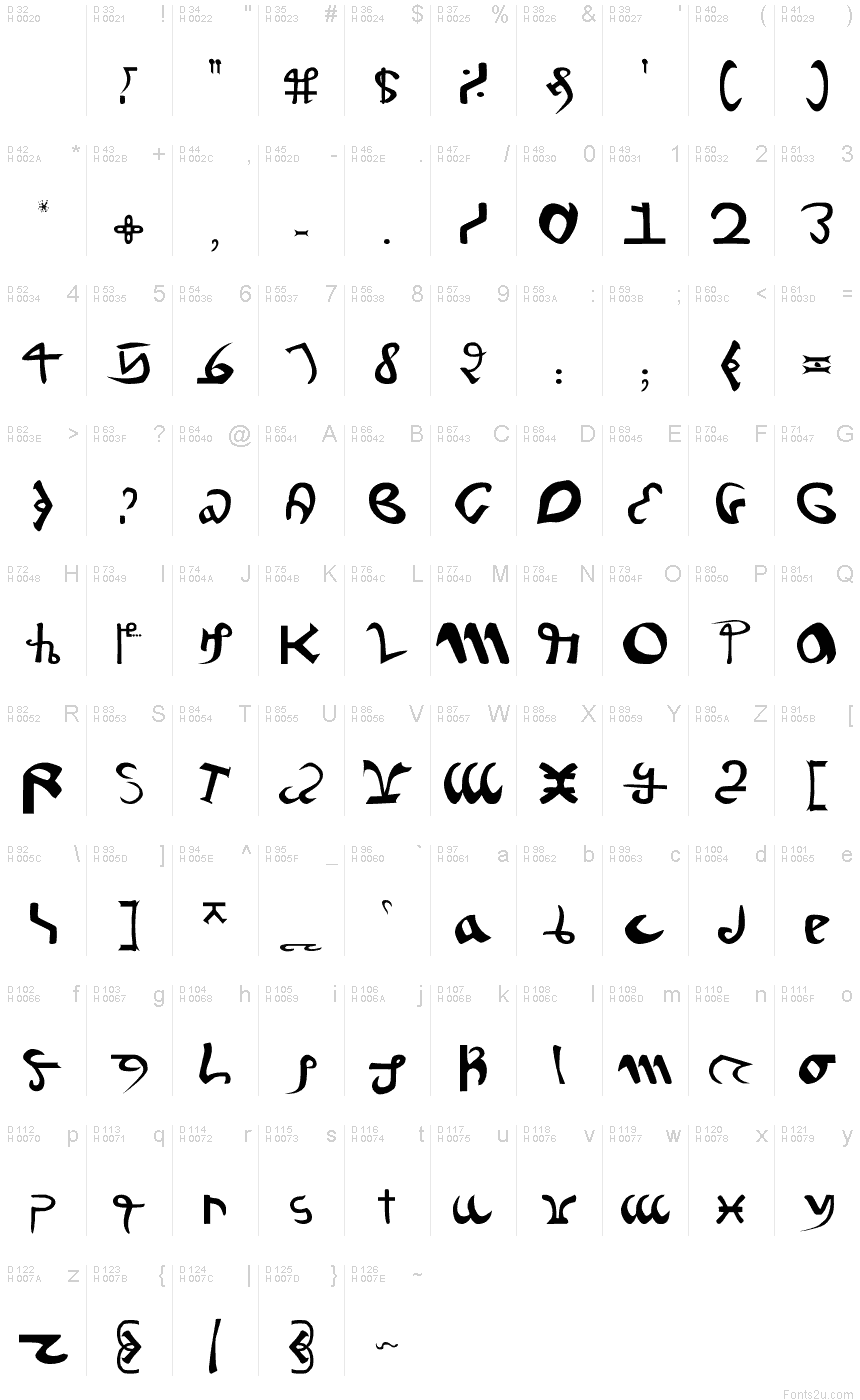

The Voynich may forever elude human understanding, though it was, presumably, created by human hands. Given the investment of scholars since the 17th century in cracking the Voynich code, both of these efforts might justifiably be called quite optimistic. Another recent attempt by Stephen Bax, who wrote the short TED Ed lesson above, has also come in for its share of criticism. One recent try, by Nicholas Gibbs, has perhaps not lived up to the hype. The 240-page enigma inspires attempt after attempt by cryptologists, linguists, and historians eager to understand its secrets-that is if it doesn’t turn out to be a too-clever Medieval joke.


What is it about the Voynich Manuscript-that cryptic, illustrated 15th century text of unknown origin and meaning-that has so fascinated and obsessed scholars for centuries? Written in what appears to be an invented language, with bizarre illustrations of otherworldly botany, mysterious cosmology, and strange anatomy, the book resembles other proto-scientific texts of the time, except for the fact that it is totally indecipherable, “a certain riddle of the Sphinx,” as one alchemist described it.


 0 kommentar(er)
0 kommentar(er)
